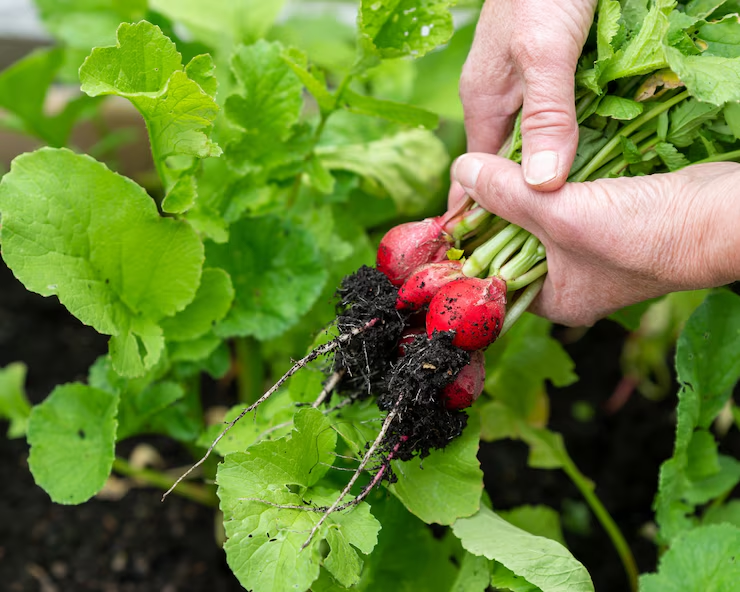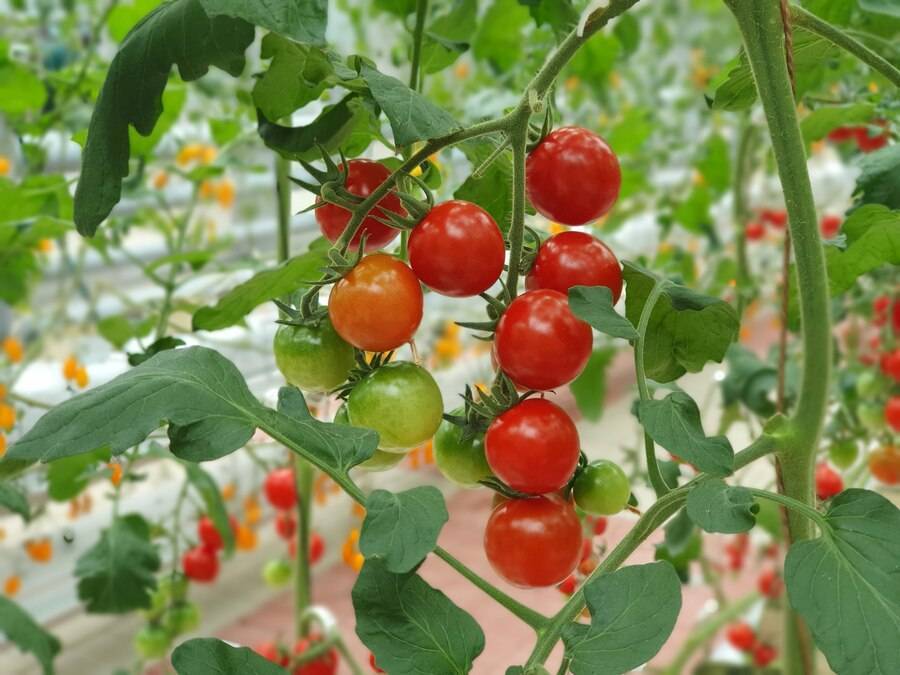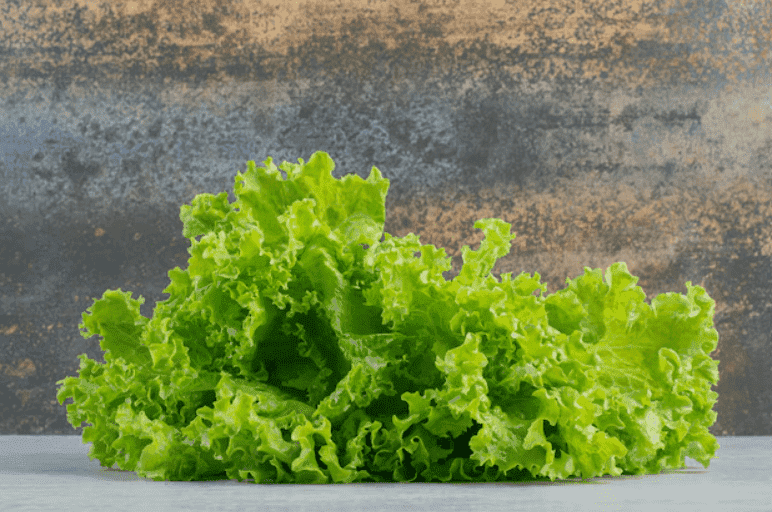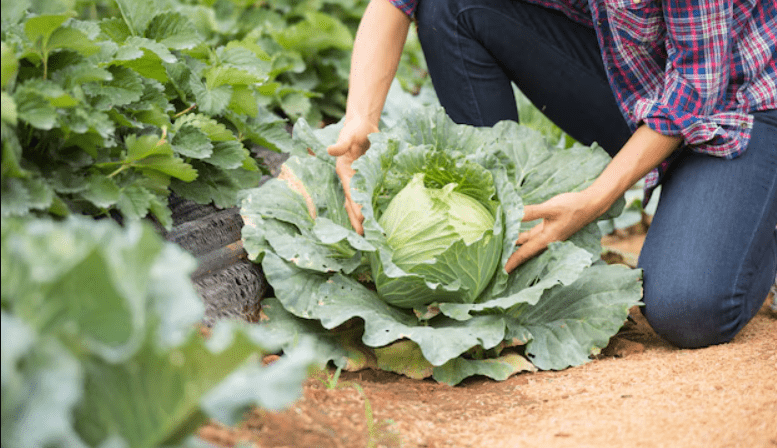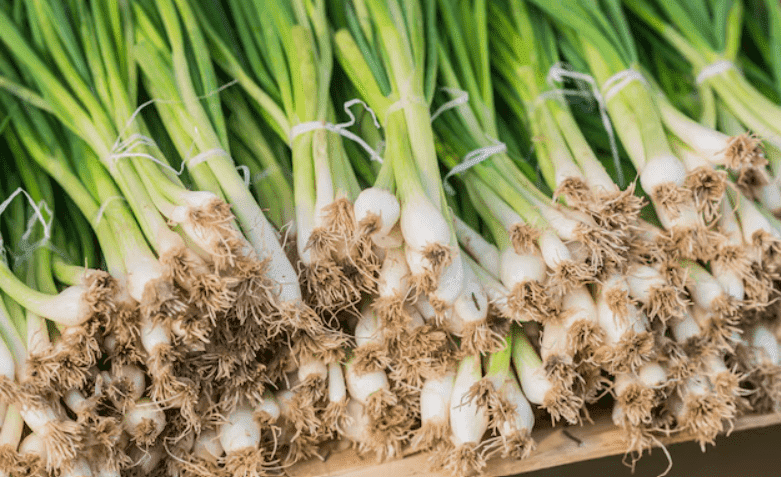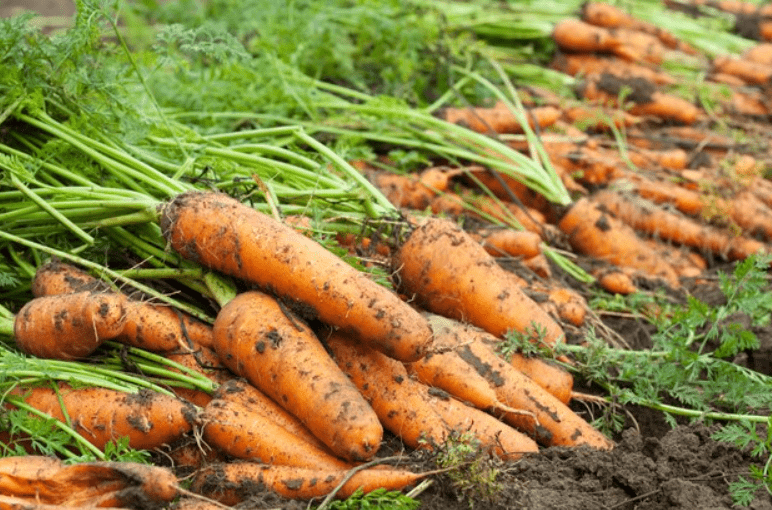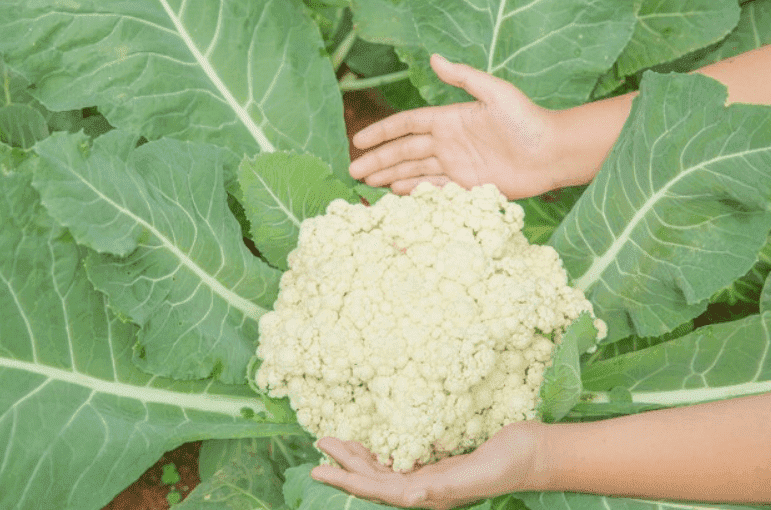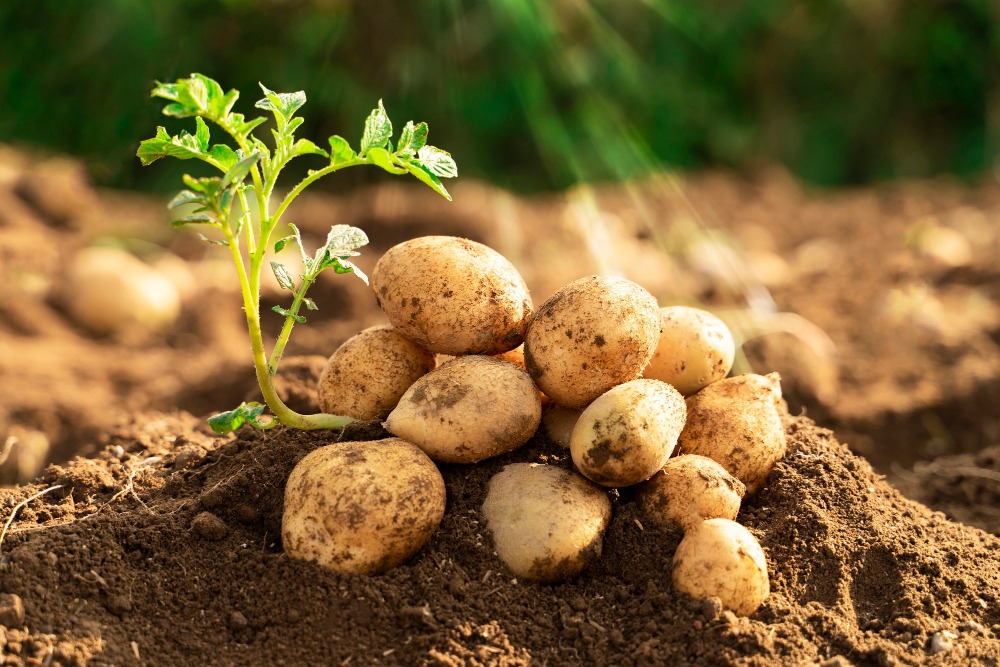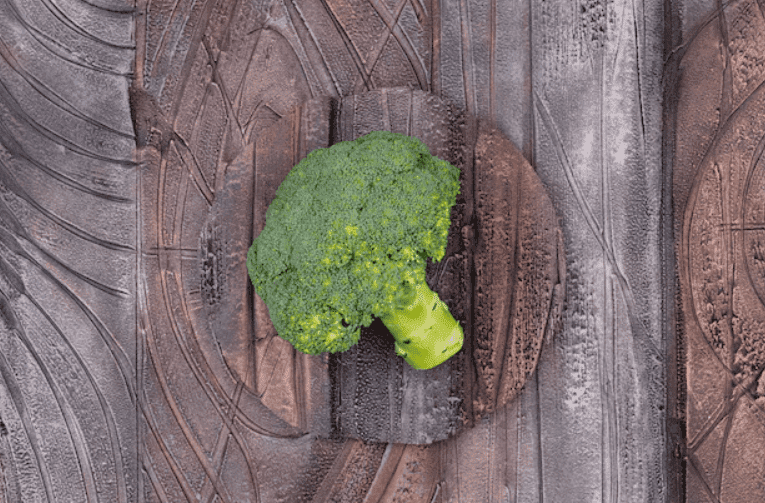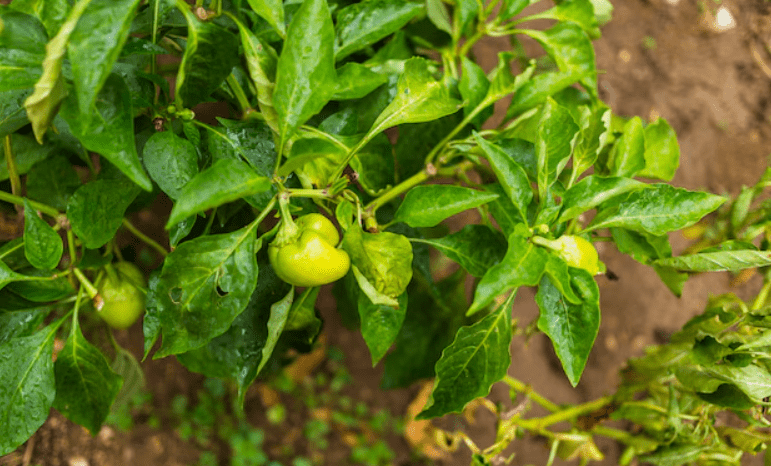Radishes (Raphanus sativus) bring a bold, peppery kick and satisfying crunch to salads while doubling as a decorative touch for relish trays. When cooked, they retain their distinct flavour and texture, which makes them a perfect addition to roasted root vegetable dishes. Best of all, radishes are among the easiest vegetables to grow, making them a go-to choice for gardeners of all experience levels. Whether raw or roasted, radishes are versatile and delightful!
Table of Contents
ToggleHow are Radishes Grown?
Radishes are typically grown from seeds and thrive in loose, fertile soil for proper root development. Enhance soil fertility by adding composted manure, grass clippings, and leaves, and ensure the planting site is free of rocks, sticks, and debris for optimal growth.
These cool-weather crops prefer consistently moist soils. Heavy rains, however, can compact the soil, creating a hard crust that hinders root formation. On the other hand, drought stress can toughen the radishes and affect their mild flavour. Keep the soil well-prepared and evenly moist for a crisp and flavorful harvest!
How to Plant Radishes
Learning how to plant radishes is very easy, and you don’t need to be a professional gardener! Prepare the soil by spading or tilling to a depth of 8–12 inches (20–30 cm) to ensure loose, workable conditions. Sow radish seeds when the soil is ready in spring or late summer for a fall crop.
Plant seeds half an inch (1.25 cm) deep and space them 1 inch (2.5 cm) apart, either by hand, with a seeder, or using radish seed tape. After planting, water lightly to prevent soil crusting or compaction, which can hinder germination.
Radish seeds germinate quickly, typically within 4–6 days. For a continuous harvest, practice succession planting by sowing new seeds every 7–10 days. With a little effort, you’ll enjoy fresh radishes all season long.
Radish Planting Tips
Boost your radish-growing success with these handy tips:
- Prevent soil crusting: If the soil surface becomes crusty, sprinkle it lightly with water and gently loosen it with your hand or a small cultivator.
- Thin the crop: Once radish roots reach edible size, harvest every other one to give the remaining plants more room to grow.
- Water consistently: Radishes need about 1 inch (2.5 cm) of rain or supplemental water each week. Deeply water to nourish their large taproots, as they have minimal horizontal roots.
- Maximize sun exposure: While full sun yields the best results, radishes can tolerate light shade.
- Control weeds: Use weeding or mulching to keep weeds at bay and help your radishes thrive.
- Experiment with variety: Plant a mix of radish varieties to enjoy a range of colours, sizes, and flavours.
When are Radishes Ready for Harvest?
Learning how to plant radishes is not enough if you dont know how to harvest them properly, right?
Radishes grow fast, with most varieties ready for harvest in just 3 to 5 weeks. You can pick them at any usable size, but smaller radishes deliver a zestier punch. As they grow bigger, the roots can become tougher, and if left in the ground too long, they may turn woody.
As radishes near maturity, the tops of their roots often push above the soil. Pull up a single plant to check its readiness to see if the root has reached the desired size.
For round radishes, firmly hold the foliage at the base and gently pull the root from the ground. For longer varieties like daikon, loosen the soil with a fork or shovel first to prevent breaking the roots. Once harvested, radishes can be stored in the refrigerator for several weeks, staying crisp and fresh.
How to Store Radishes?
Trim the tops and root tails, then wash the radishes thoroughly. Pat them dry and store them in zip-top or bags for freshness.
Radish greens can be stored separately for up to three days. Place them in a produce bag with a dry paper towel to keep them crisp.

